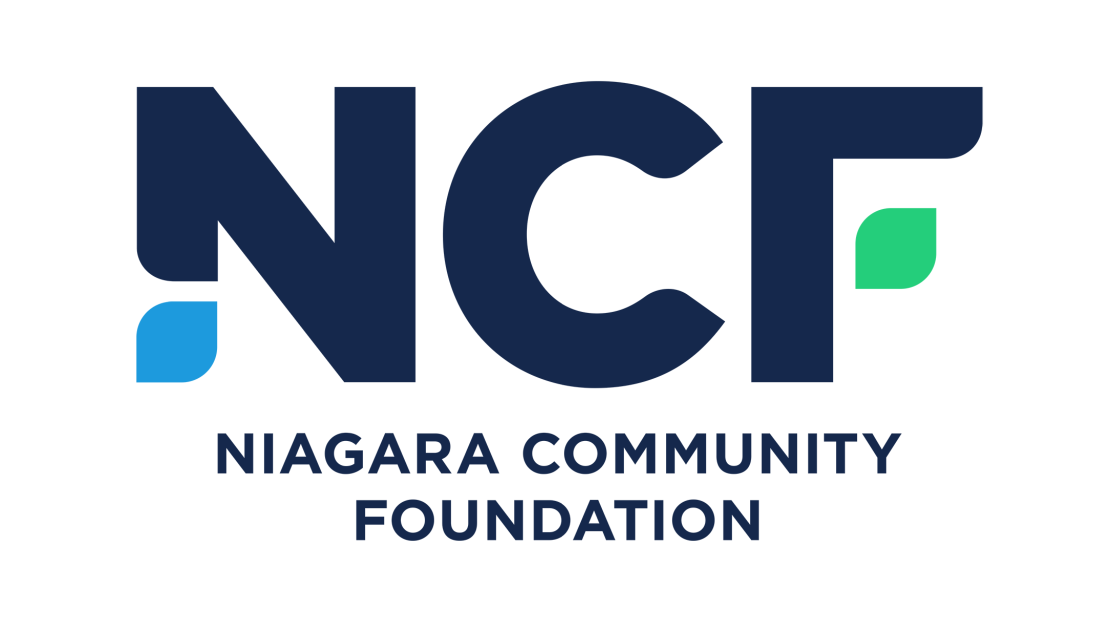At first glance, many investors are left wondering whether they should invest in a Tax-Free Savings Account (TFSA) or an Registered Retirement Savings Plan (RRSP). Both offer tax advantages, but deciding which account is more appropriate for you depends on your goals, risk tolerance and time frame.
TFSA and RRSP Similarities
Both accounts offer tax advantages. Plus, both accounts allow you to invest in mutual funds, stocks, segregated funds, bonds and Guaranteed Investment Certificates (GICs), to name a few.
Registered Retirement Savings Plan features include:
- Contribution limits
Your allowable contribution is a lesser of $29,210 or 18% of earned income, less pension adjustment for 2022. You may also be able to tap into any unused contribution room you have carried forward from previous tax years. - Contributions are tax deductible
Allowable contributions are deducted from your gross taxable income for the year, and you may end up with a tax refund (which many recommend putting right back into your RRSP for next year or even a portion into your TFSA). This makes an RRSP an ideal first choice for savings especially for high-income earners. - Defer the taxes
Investments inside an RRSP grow on a tax-deferred basis; tax is payable when funds are withdrawn. Funds typically stay invested until you start income payments in your retirement years. RRSPs must be converted to a Registered Retirement Income Fund (RRIF) by the end of the year you turn 71. Withdrawals from RRIFs are fully taxable, and annual withdrawal amounts may reduce government Old Age Security benefits. Those with a rich pension plan, are working in retirement, or have other sources of alternative income, may want to consider additional savings options, such as a TFSA, in consultation with a financial advisor. - Estate considerations
An RRSP (or RRIF) can transfer directly to your spouse or commo-law partner upon your death on a tax-deferred basis when he or she is named the beneficiary directly on the account.
Tax Free Savings Accounts
- Contribution limits
As of January 1, 2022, if you have reached the age of majority, you can contribute up to the maximum annual amount of $6,000. Any unused contribution amount can be carried forward to future years. If you have never contributed to a TFSA before and were at least 18 years old in 2009, your accumulated contribution room is $81,500 in 2022. - Tax free
Your annual contribution is not tax-deductible and any growth in your TFSA investments is sheltered from taxation even when money is withdrawn. You can withdraw TFSA money without paying tax at any time and, best of all, the full amount of any withdrawals can be put back into your TFSA in future years (but not the same year). - Impact of eligibility on government benefits
Income earned in a TFSA and amounts withdrawn do not affect your eligibility for federal income-tested benefits and credits, such as Old Age Security or the Canada Child Tax Benefit. - Estate considerations
You can set up the account’s assets to transfer directly to your spouse or common-law partner upon your death, as long as he or she is named the successor holder on your TFSA.
While an RRSP is primarily intended for your retirement, you can use a TFSA for any long-term investment goal.
This article was written by Edward Jones for use by your local Edward Jones advisor, Nicolle Lalonde.
 Back to myNiagaraOnline
Back to myNiagaraOnline
































